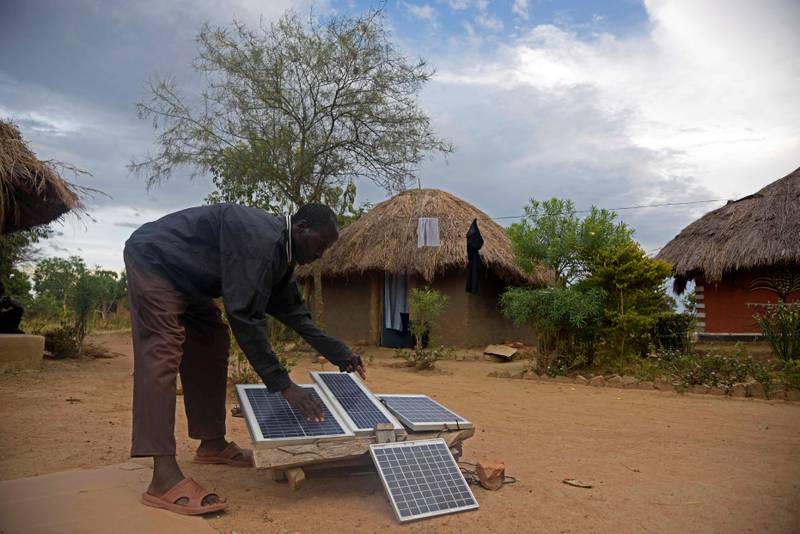
Solar mini grids have the potential to meet the electricity needs of nearly half a billion people in unpowered or underserved areas of the world and become a cost-effective solution to close the energy access gap by 2030.
However, governments and industry have to work together to realise the full potential by identifying mini grid opportunities, driving costs down and overcoming financing barriers, the World Bank said in its latest report.
To power 490 million people by 2030 will require the construction of more than 217,000 mini grids at a cumulative cost of $127 billion.
However, at current pace, only 44,800 new mini grids serving 80 million people will be built by the end of this decade at a total cost of $37bn, the Washington-based lender said.
The World Bank has been scaling up its support for mini grids to help countries to develop comprehensive electrification programmes. Modern solar mini grids now provide enough electricity for electric appliances such as refrigerators, welders, milling machines or e-vehicles.
However, about 733 million people — mostly in Sub-Saharan Africa — still lack access to electricity.
The pace of electrification has slowed down in recent years, on the back of Covid-19 pandemic-driven headwinds and the difficulties in reaching vulnerable populations in remote areas.
At the current rate of progress, 670 million people will remain without electricity by 2030, the World Bank estimates.
“Now more than ever, solar mini grids are a core solution for closing the energy access gap,” Riccardo Puliti, infrastructure vice president at the World Bank, said.
“With $1.4bn across 30 countries, our commitments to mini grids represent about one-quarter of total investment in mini grids by the public and private sector in our client countries.”
Africa is facing a widening electricity access gap, hampered by the lack of government resources and financing for private sector projects. Half of the people on the continent have no power.
West Africa, in particular, has one of the lowest rates of electricity access in the world. Only about 42 per cent of the total population and 8 per cent of rural residents have access to electricity, World Bank data shows.
“To connect half a billion people by 2030, several actions are needed, such as incorporating mini grids into national electrification plans and devising financing solutions adapted to mini grid projects’ risk profiles,” Mr Puliti said.
Solar mini grids have become the least-expensive option to bring electricity to off-grid towns and cities or those experiencing regular power cuts. The cost of electricity generated by solar mini grids has gone down to $0.38 per kilowatt hour currently, from $0.55 per kWh in 2018.
However, the cost of electricity from solar hybrid mini grids would need to go down further to $0.20 per kWh by 2030 to give people access to electricity for just $10 per month, the World Bank said.
The deployment of solar mini grids has picked up pace to about 150 per country per year from about 50 per country annually in 2018. However, the pace of deployment would need to increase to 2,000 mini grids per country per year to bridge the power access gap, the World Bank said.
Accelerating the deployment of solar mini grids will also assist in cutting carbon emissions. The World Bank estimates that connecting 490 million people to these grids would help in eliminating about 1.2 billion tonnes of carbon dioxide emissions.